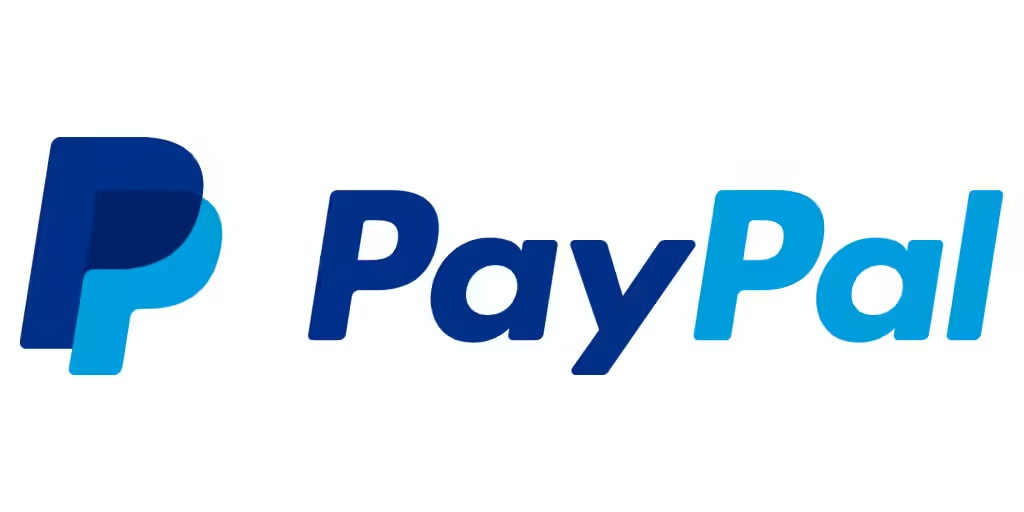|
Getting your Trinity Audio player ready...
|
PayPal’s stablecoin, PYUSD, has been losing momentum since peaking at over $1 billion in market capitalization at the end of August 2024. In just six weeks, the token’s market cap has plummeted by nearly 40%, falling to $618 million, raising questions about the challenges it faces in an increasingly competitive stablecoin market.
PYUSD’s Initial Success – From Ethereum To Solana
Launched in August 2023 on Ethereum, PYUSD expanded to the Solana blockchain on May 29, 2024, where it initially thrived. By mid-August, the stablecoin’s supply on Solana surpassed that on Ethereum, signaling strong adoption. Much of PYUSD’s early success can be attributed to its partnership with Kamino Finance, a Solana-based lending protocol. Kamino attracted depositors with high yields subsidized by PayPal, which at one point reached 17%.
However, recent weeks have seen the yields drop sharply, falling below 7%. Other Solana protocols, such as Drift and Marginfi, which had also offered double-digit annualized rewards, have similarly reduced payouts, leaving PYUSD holders with diminishing incentives.
Haseeb Qureshi, managing partner at Dragonfly Capital, highlighted PYUSD’s decline on X (formerly Twitter), stating, “PYUSD circulating supply has completely round-tripped as the @KaminoFinance incentives they were blasting out have tapered off.” His remarks reflect concerns that the withdrawal of high-yield incentives could slow the stablecoin’s adoption.
While PYUSD’s market cap on Solana has dropped to $267 million from over $600 million, Ethereum currently hosts $350 million worth of the token. Comparatively, the market leaders USDT and USDC have remained stable, with only minor fluctuations in their respective market caps.
Will New Rewards Reverse the Downtrend?
Despite the decline, there’s potential for recovery. Kamino recently added PYUSD to its “altcoin market,” allowing users to borrow against memecoins like WIF, POPCAT, and BONK. In a bid to reinvigorate interest, Kamino will distribute an extra $10,000 per week in PYUSD rewards.
On the Ethereum side, PYUSD lenders on Aave currently earn a more modest 4.3% annualized yield, reflecting the competitive dynamics across blockchains.
PYUSD’s Market Cap Still Up Year-Over-Year
While PYUSD’s recent dip has raised eyebrows, the stablecoin’s overall performance remains impressive. Its total market capitalization is still up 375% year-over-year, positioning it as the ninth-largest stablecoin, according to CoinGecko data.
Also Read: PayPal’s PYUSD – Pioneering Business Payments With 47% Adoption In The Stablecoin Space
As PayPal navigates these fluctuations, the stablecoin’s future could hinge on sustained incentives and broader market adoption. With Solana’s incentives adjusting and Ethereum offering more stable but lower yields, it remains to be seen whether PYUSD can regain its upward trajectory.
The Block has reached out to PayPal for comment and will update this story as more information becomes available.
Disclaimer: The information in this article is for general purposes only and does not constitute financial advice. The author’s views are personal and may not reflect the views of Chain Affairs. Before making any investment decisions, you should always conduct your own research. Chain Affairs is not responsible for any financial losses.
A lifelong learner with a thirst for knowledge, I am constantly seeking to understand the intricacies of the crypto world. Through my writing, I aim to share my insights and perspectives on the latest developments in the industry. I believe that crypto has the potential to create a more inclusive and equitable financial system, and I am committed to using my writing to promote its positive impact on the world.




